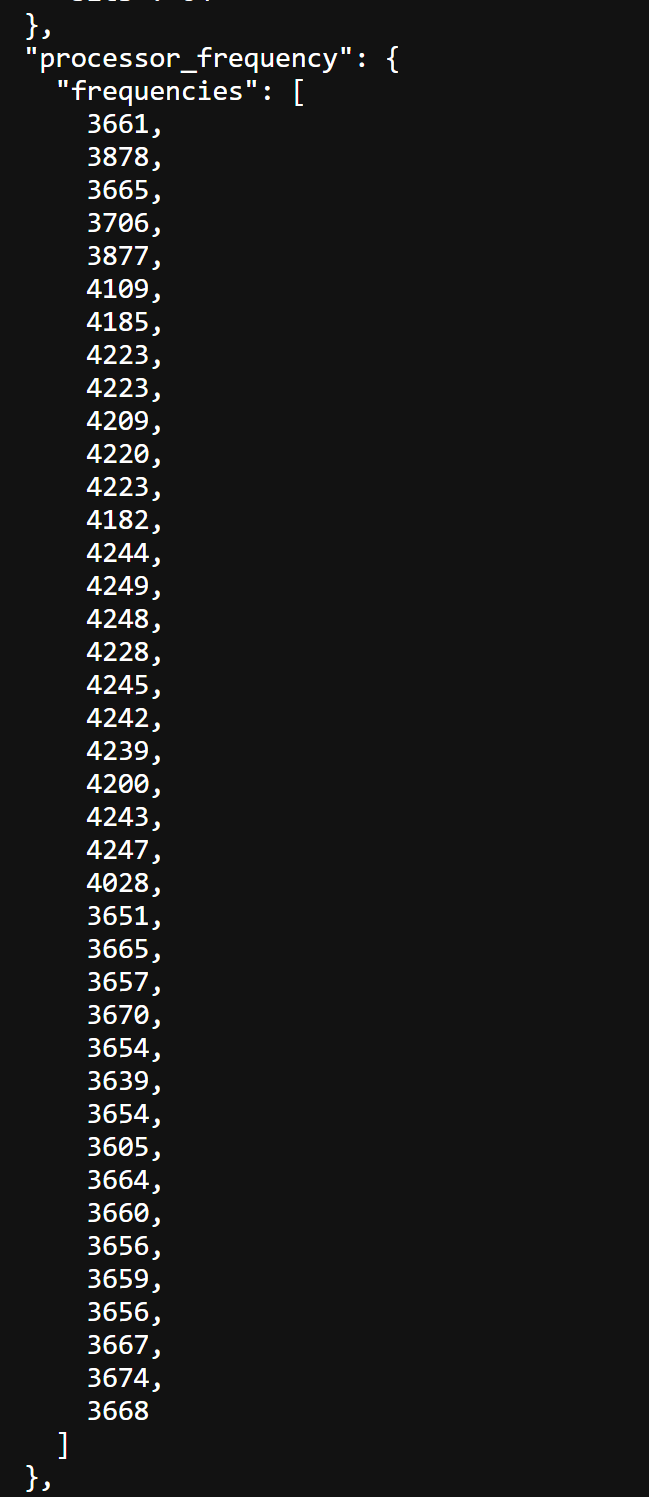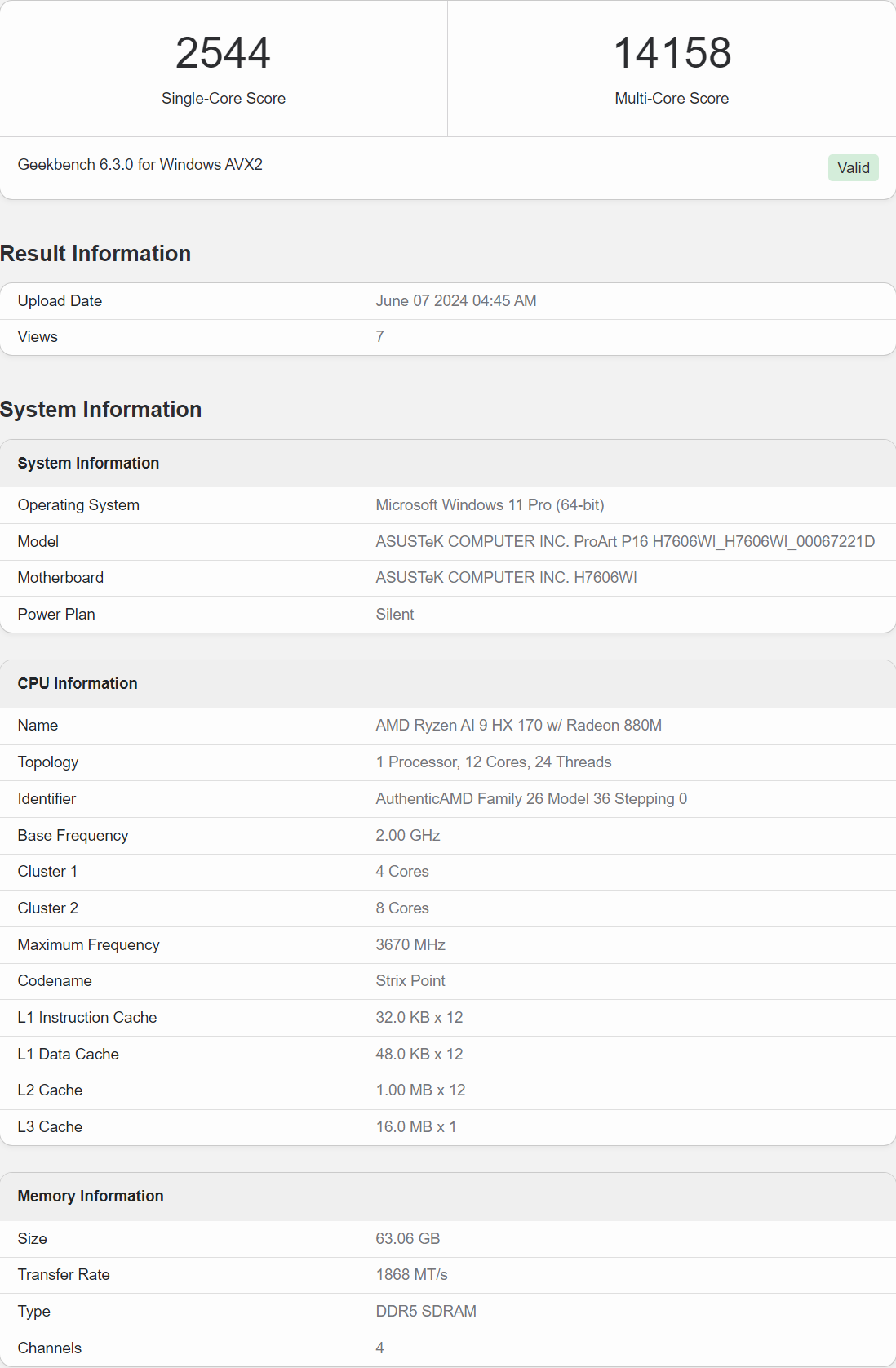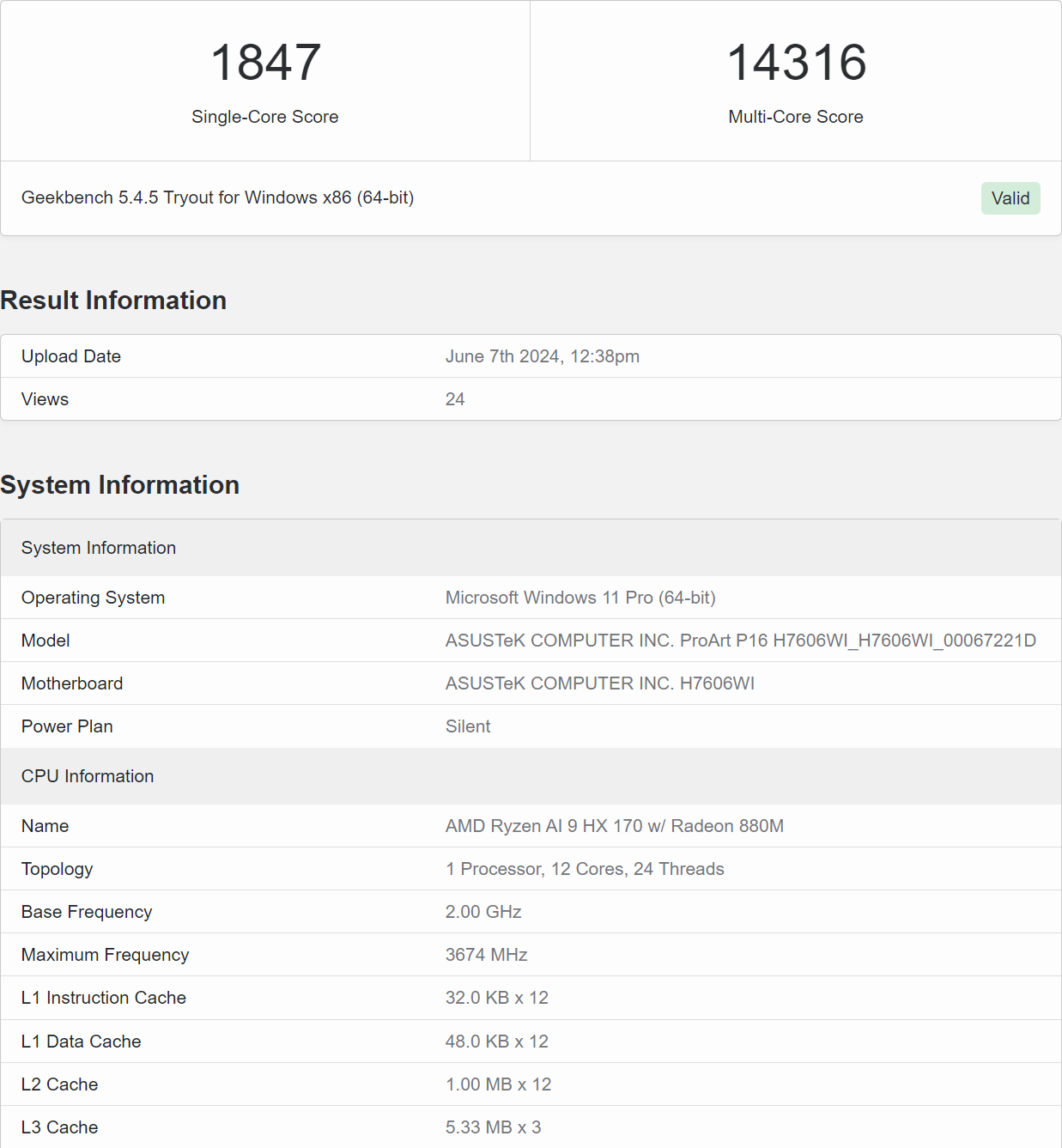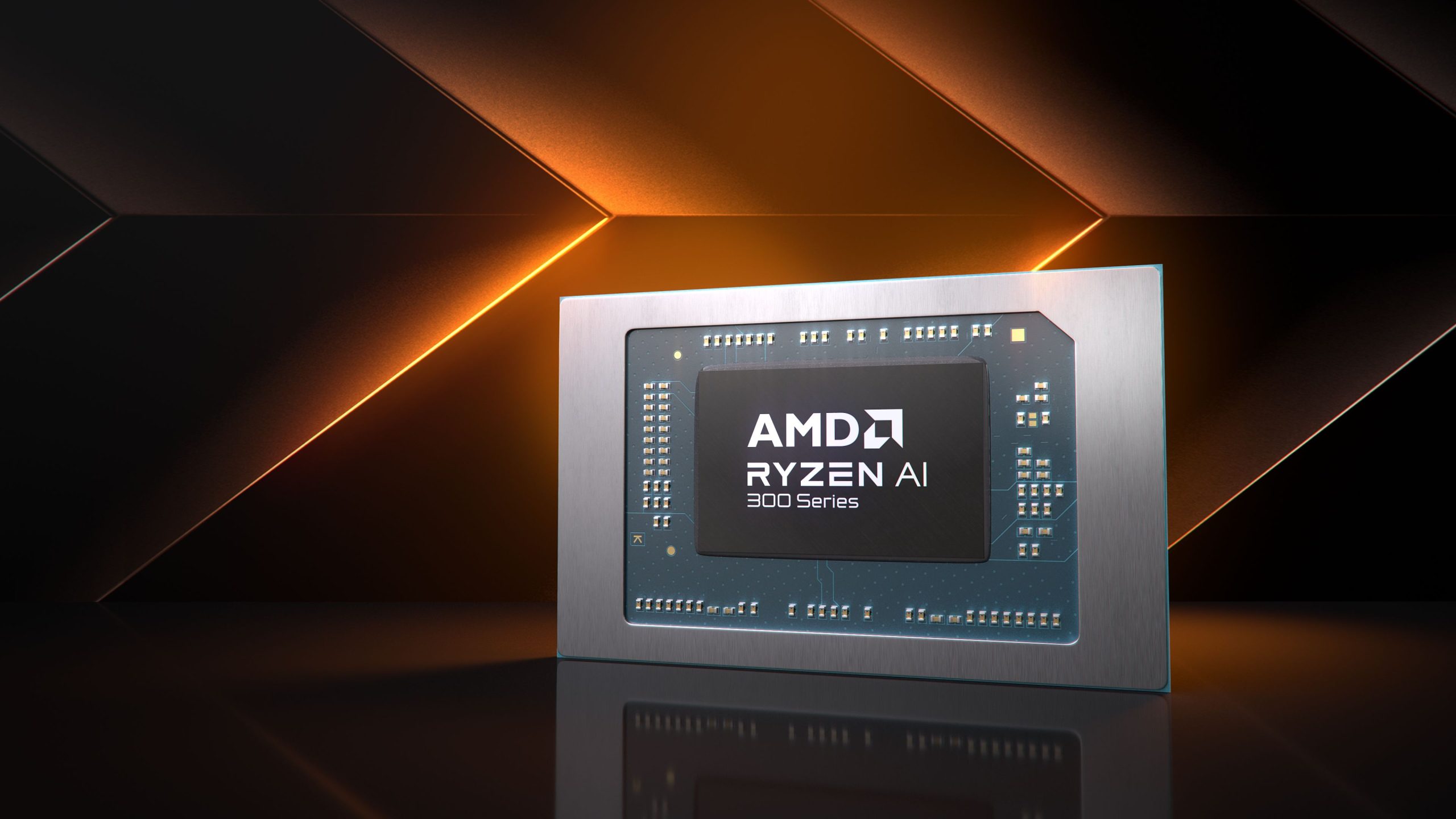The first AMD Ryzen AI 9 HX 370 “Strix Point” APU benchmarks have leaked, and they show some big performance improvements on both the CPU and GPU with Zen 5 and RDNA 3.5 cores.
AMD Ryzen 9 AI HX 170 APU leak shows up to 20% faster Zen 5 CPU and up to 40% faster RDNA 3.5 GPU compared to previous flagship, Ryzen 9 8945HS
Well, it didn’t take long, AMD’s first unofficial benchmarks for the upcoming Ryzen AI 300 APUs started to leak, and they’re very impressive for their first appearance. The chip in question is the Ryzen AI 9 HX 370, which is a very big and confusing name for some, but we should get used to it, as both Intel and AMD will be getting into AI branding in the future and we may see better schemes for naming in the future, hopefully. So, let’s start with the specs.
The AMD Ryzen AI 9 HX 370 APU is part of the Ryzen AI 300 “Strix Point” family and features a 12-core, 24-thread chip that includes a quad Zen 5 and eight Zen 5C configuration. This chip runs at up to 5.1GHz boost clocks, offers 36MB cache (24MB L3 + 12MB L2) and a Radeon 890M iGPU with 16 compute units or 1024 cores. So compared to the previous flagship, the Ryzen 9 8945HS, you get 50% more cores/threads, 33.3% more Compute Units and 3.12x NPU performance, which is a great generation-over-generation gain.
Coming to the Geekbench leak, it looks like we’re looking at an early sample given that while it matches the base clock of 2.0 GHz, the log file shows a boost clock of around 4.2 GHz, which is below the most the high clock frequency of 5.1 GHz.

AMD Ryzen AI “HX” APU:
| Processor name | Architecture | Cores / Threads | Clock Speeds (Max) | Cash (Total) | AI capabilities | iGPU | TDP |
|---|---|---|---|---|---|---|---|
| Ryzen 9 AI HX 370 | Zen 5 / Zen 5C | 12/24 | 2.0 / 5.1 GHz | 36 MB / 24 MB L3 | 77 AI TOPS (45 TOPS NPU) | Radeon 890M (16 CU @ 2.9 GHz) | 28W (cTDP 15-54W) |
| Ryzen 7 AI 365 | Zen 5 / Zen 5C | 10/20 | 2.0 / 5.0 GHz | 30 MB / 20 MB L3 | TBD AI TOPs (45 TOPS NPU) | Radeon 880M (12 CU @ 2.9 GHz) | 28W (cTDP 15-54W) |
| Ryzen 7 AI HX 350? | Zen 5 / Zen 5C | 8/16 | TBD | 24 MB / 16 MB L3 | TBD AI TOPs (45 TOPS NPU) | 12 RDNA 3+ CU? | 28W (cTDP 15-54W) |
| Ryzen 5 AI HX 330? | Zen 5 / Zen 5C | 6/12 | TBD | 20 MB / 12 MB L3 | TBD AI TOPs (45 TOPS NPU) | 8 RDNA 3+ CU? | 28W (cTDP 15-54W) |
The APU is mentioned as a Ryzen AI 9 HX 170 with a Radeon 880M iGPU, but it should be noted that AMD made a last minute change and went to a higher number. We’ve seen a lot of Strix Point laptops at Computex that haven’t yet been updated with the new Ryzen AI 300 branding and are using the older Ryzen AI 100 series numbering.
Ryzen 9 AI HX 370 APU Benchmark Leak (Geekbench 6.3.0) Result:

Ryzen 9 AI HX 370 APU Benchmark Leak (Geekbench 5.4.5) Result:

0
4000
8000
12000
16000
20,000
24,000
As for the numbers, the AMD Ryzen 9 AI HX 370 APU was tested in the Geekbench 5, Geekbench 6 and OpenCL benchmarks. In Geekbench 5.4.5, the chip scored 1,847 points in single-core and 14,316 points in multi-core tests. In the Geekbench 6.3.0 benchmark, the chip scored 2,544 points in single-core and 14,158 points in multi-core tests. Finally, in the OpenCL test, the iGPU RDNA 3.5 (Radeon 890M) scored 41,995 points.
CPU performance on the Strix Point APU’s Zen 5 cores looks great, even though this is an early sample. We can expect the final performance to be much higher when the retail silicon ships with up to 5.1 GHz.
0
9000
18,000
27,000
36000
45,000
54000
Compared to the AMD Ryzen 9 8945HS APU, which is the flagship of the Hawk Point range, the AMD Ryzen AI 9 HX 370 “Strix Point” APU scored a 7% lead in single-core, a 20% lead in multi-core and a massive 40% gain in the graphics test, which putting it on par with the RTX 2050 discrete GPU.

The most important thing to keep in mind is that with their new Ryzen AI 300 series, AMD has eliminated a set TDP, so there will be no HX, HS, H or U SKUs. Instead, manufacturers will have to decide for themselves what TDP target they want to use, as these chips can range from 15W to 54W, so it will be harder to tell what actual TDP this benchmark was running at. The default TDP is 28W, while the AMD Ryzen 9 8945HS has a default TDP of 45W. So if tested at default then this is a big gain but if tested at a lower TDP say 15-20W then this result is even more impressive.
AMD’s Ryzen AI 300 processors will be available from July 2024 through several OEM partners and we can expect better availability from the holiday season of 2024 or Q4.
News sources: Benchleaks #1, #2, #3



